An important breakthrough is the proposal to convert the current secondary school model into a vocational high school (TH) as in the draft law amending and supplementing a number of articles of theEducation Law that the Ministry of Education and Training has put forward for comments. According to this model, a vocational high school diploma is not only equivalent to a high school diploma but also consistent with the levels in the international education classification.
The International Classification of Education (ISCED) is as follows: level 1: primary school, level 2: secondary school/primary vocational school, level 3: high school/vocational high school, level 4: post-secondary school, level 5: college, level 6 - 8: university to doctorate.
Vietnam's national qualification framework (issued under Decision 1982/QD-TTg dated October 18, 2016) includes 8 levels: level 1: primary I, level 2: primary II, level 3: primary III, level 4: intermediate, level 5: college, levels 6 - 8: university to doctorate.
Comparison shows that Vietnam's levels 3 and 4 are not compatible with international classifications. This causes difficulties in recognizing degrees, transferring labor and studying between countries.
In fact, modern workers often have to change careers and improve their qualifications to adapt to the development of technology and artificial intelligence. However, Vietnam's current intermediate diplomas have low skills and do not meet the requirements for transfer, making it difficult to find jobs, improve qualifications and income, leading to students and parents not being interested in vocational training, even though society is in great need of highly skilled workers.
From the above shortcomings, the completion of the national education system, especially when vocational education has been transferred to the Ministry of Education and Training for management, is an urgent need. In particular, eliminating the model of independent vocational secondary schools and replacing them with vocational high schools is reasonable and urgent.
Vocational education is an integrated model that combines high-quality vocational training with general education, and has been successfully applied in Germany, Japan, and Korea. There, students learn culture combined with vocational education, helping to form a foundation for career change and improvement.
More importantly, if vocational certificates are built according to the national qualifications framework, the ASEAN reference framework and compared with the ISCED 2011 classification, they will have international value, creating favorable conditions for studying abroad, working abroad or being highly appreciated by domestic FDI enterprises.
Vocational schools need to be invested in properly, closely linked with businesses, increase practice and update new technology. Students are exposed to careers early (15-16 years old), get acquainted with the real working environment, practice thinking, labor discipline and professional awareness. This is the foundation for forming a workforce "with skills - with degrees - with opportunities to go far".
In the context of Vietnam welcoming a wave of investment shift, requiring high-quality human resources, the vocational school model helps shorten training time, reduce social costs but still ensure output quality. At the same time, this solution contributes to reducing exam pressure, streamlining students more effectively and opening up a separate path for those who do not attend traditional universities.
For the vocational training model to be effective, the government needs to have a synchronous policy, from developing and promulgating relevant laws, a unified curriculum framework, supporting the conversion of training facilities, investing in facilities to issuing scholarship policies and financial support for learners. More importantly, there needs to be a widespread communication campaign to change social awareness, helping parents and students understand that early vocational training and quality vocational training is a valuable and promising choice.
Changing the vocational training model and considering it a level of education in vocational education is not only a technical adjustment step, but also a national human resource strategy, creating conditions for Vietnamese degrees to be recognized internationally, while improving the position of Vietnamese workers, improving labor productivity and national competitiveness.
Source: https://thanhnien.vn/huong-di-moi-hoi-nhap-quoc-te-185250517223022319.htm


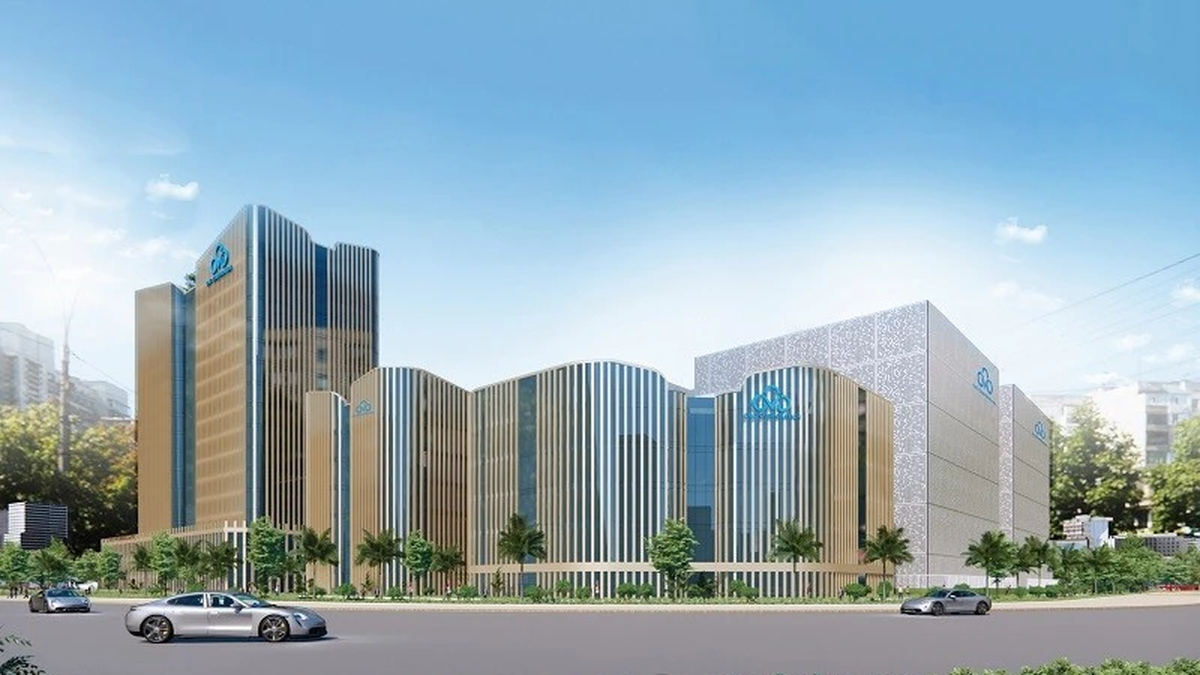

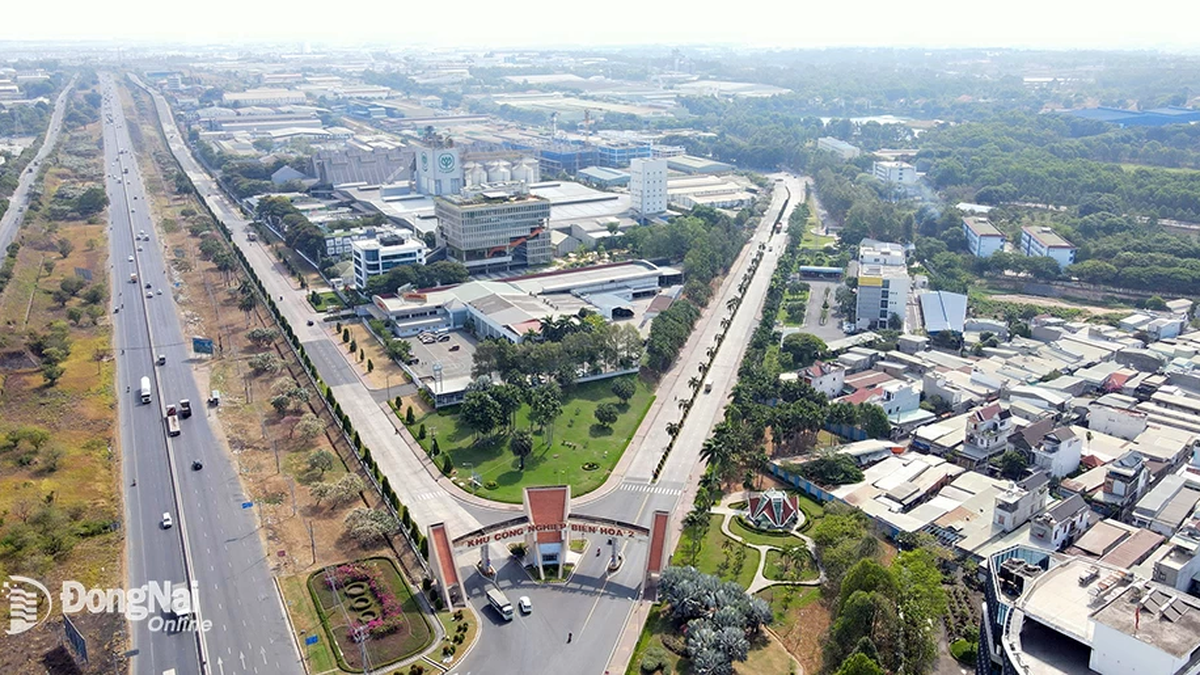




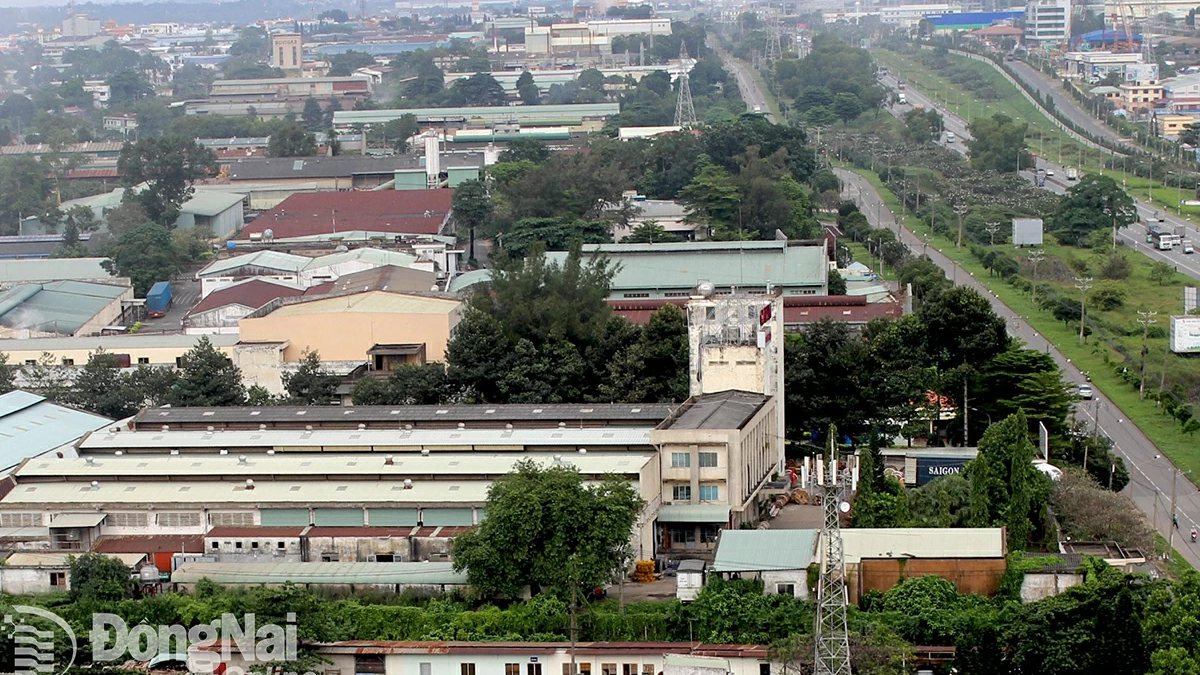














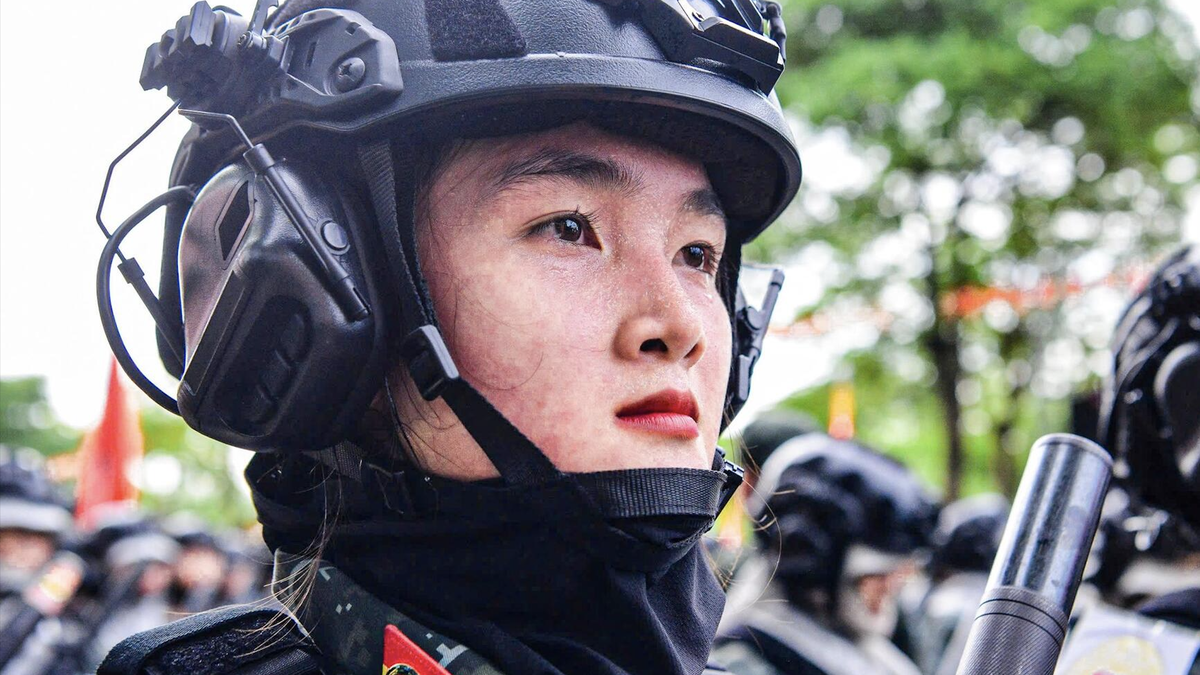
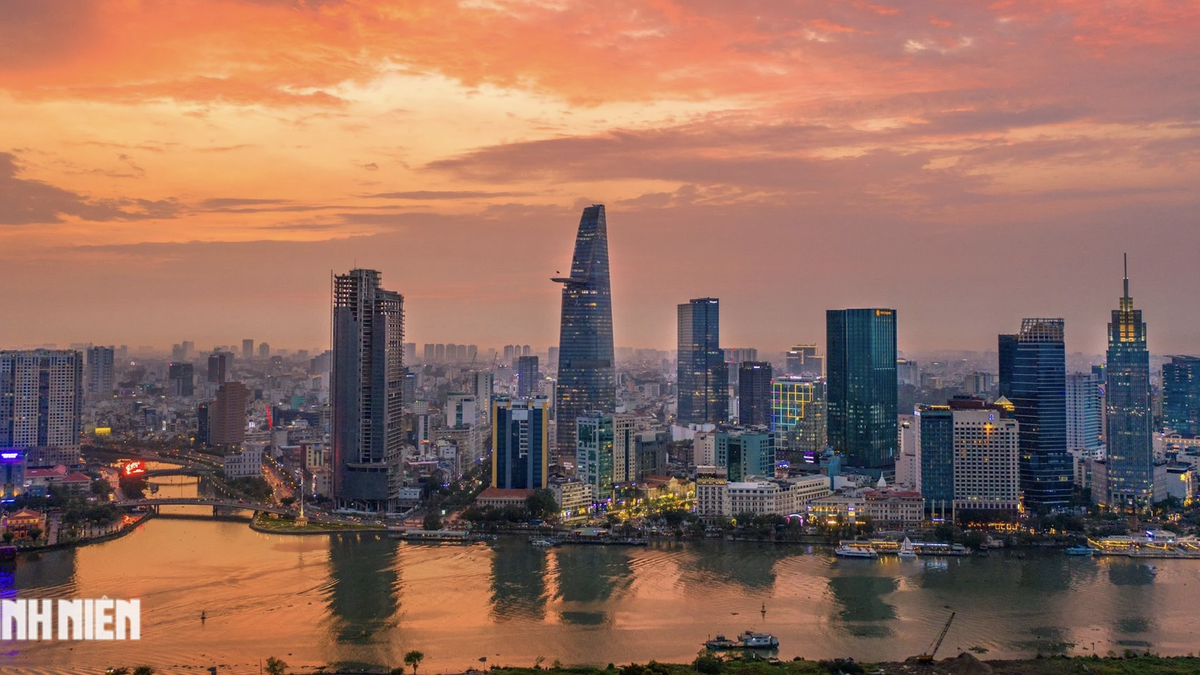






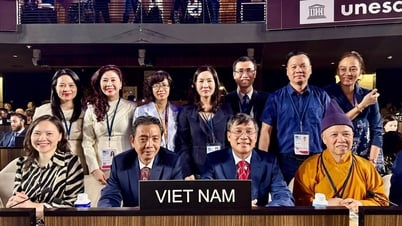





















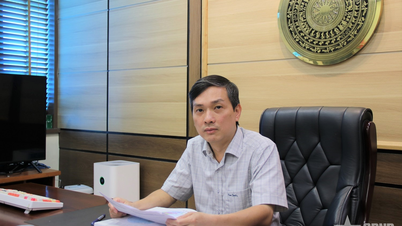




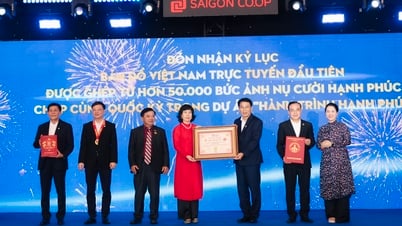






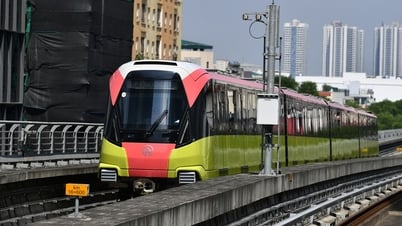
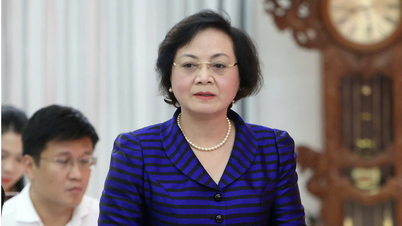






























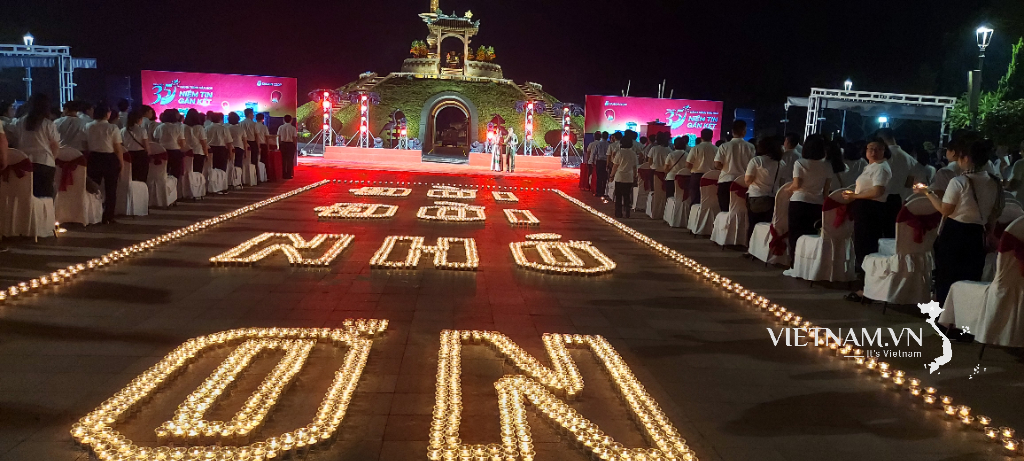
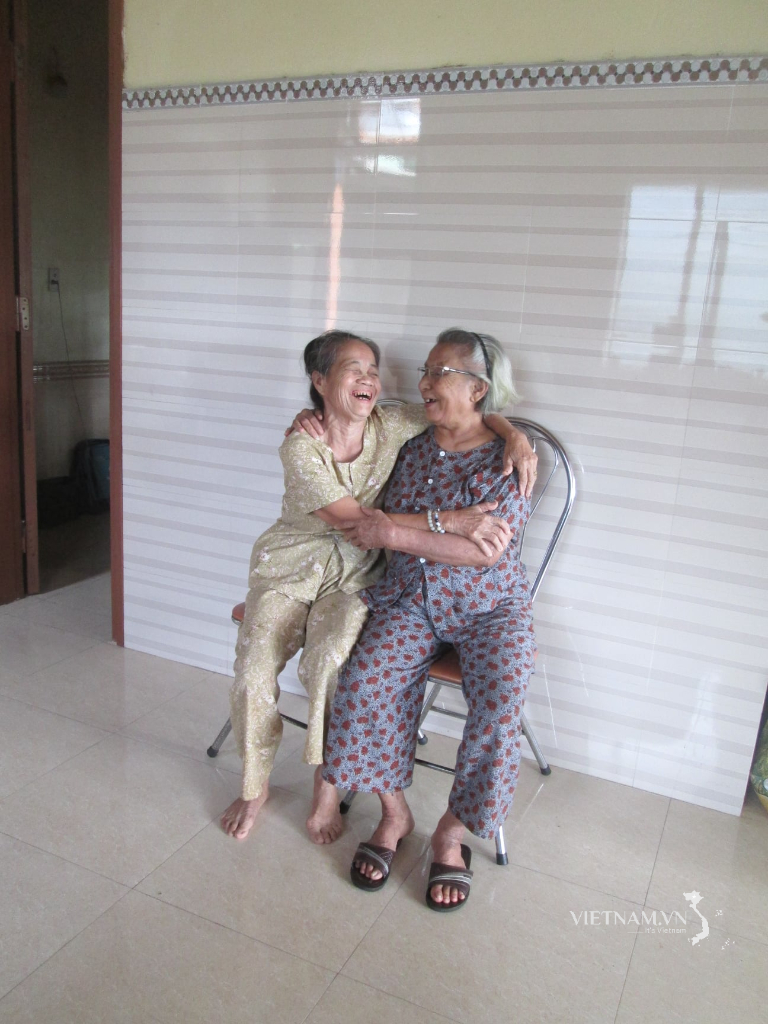
Comment (0)